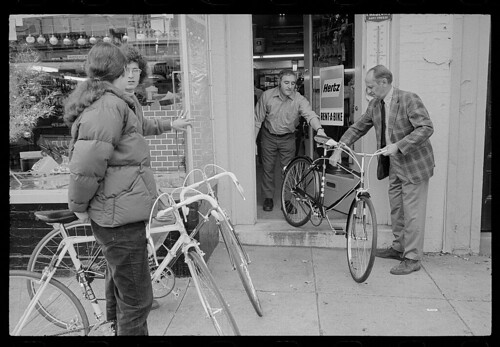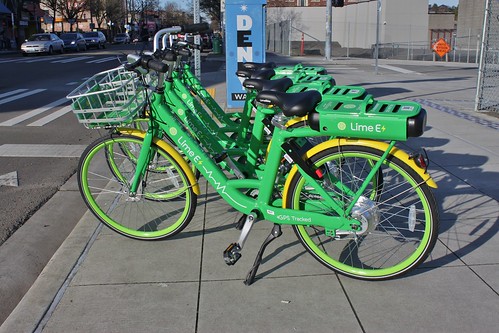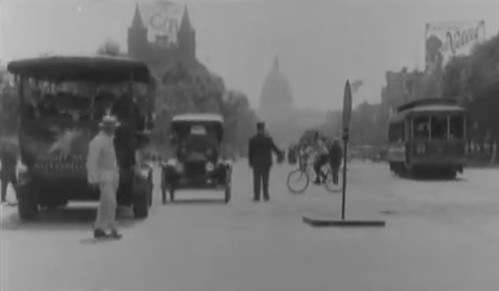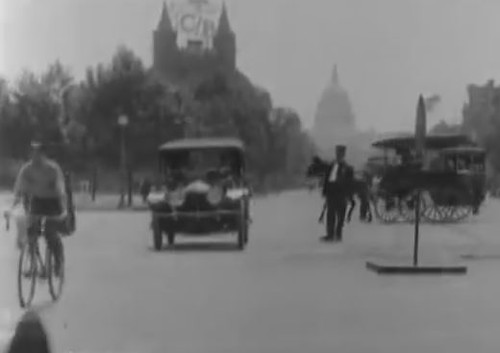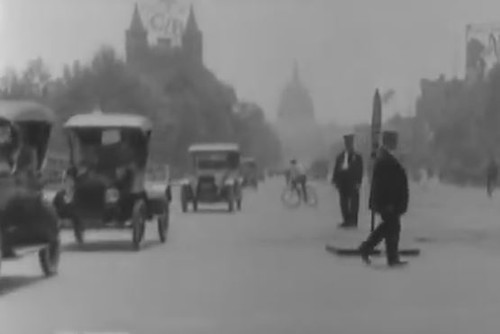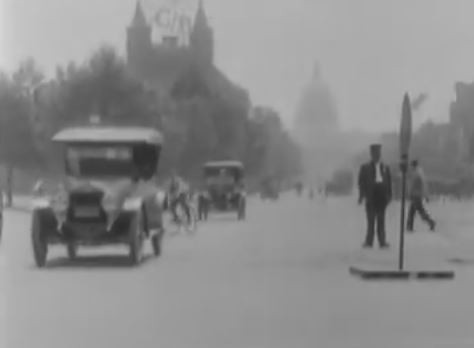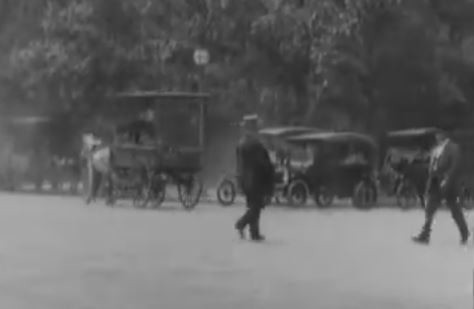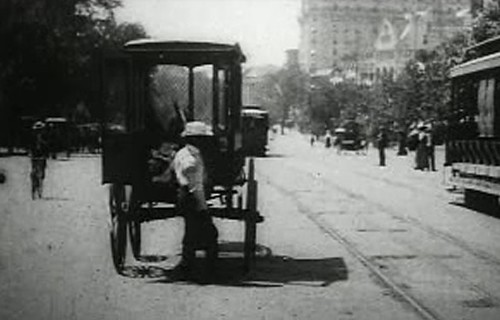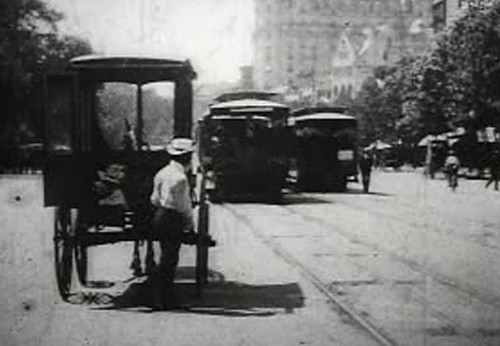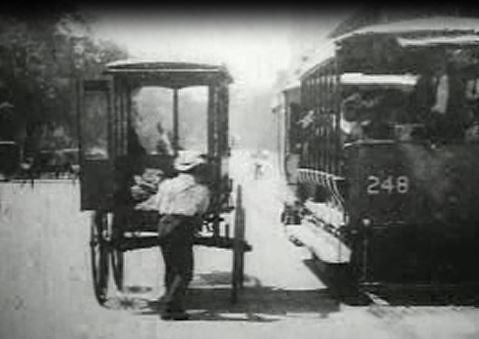 The First Tour de France: Sixty Cyclists and Nineteen Days of Daring on the Road to Paris by Peter Cossins
The First Tour de France: Sixty Cyclists and Nineteen Days of Daring on the Road to Paris by Peter CossinsMy rating: 5 of 5 stars
I found this on the new book shelf at the public library. To me, the dust cover design didn't much suggest a newly published book - and I have read enough books with a Tour de France theme that I took this home thinking I would give it 25 pages with the expectation that it wouldn't engage my attention.
But it did - this focused look at the first instance of the Tour de France and how it came to happen drew me in.
A good book about professional bicycle racing successfully combines description of the context of the race, enough (but not too much) about the significant riders, and a narrative description of the race itself - and that's what is I found here.
From reading this (and having read other books about the Tour), I came away with a better understanding of just how much the structure and rules of the Tour de France have changed over the years since the first iteration in 1903.
Two aspects of the 1903 Tour de France surprised me. One was that the new rule (at the time) for the race that forbid what was called "pacing" - that is, riders that were only part of the race to lead a designated team leader who would draft behind them. Of course riders did draft behind one another, but usually taking turns to help each other and not in support of one person. The "no pacing" rule was in fact more about leveling the field between teams with more money to have more riders and other smaller efforts.
Another was the structure of the race overall, which was quite different than recent years - although it ran over 19 days as a multi-stage race, there were only six stages with longer periods for rest between stages that were on average far longer than what is done today. Some amazingly given the lack of lighting on the route or available to cyclists in the form of headlights, the stages would usually start in the middle of the night and run through the day with some riders continuing on into the next night. Given the road conditions and the length of the stages, the physical demands of simply completing a stage must have been incredible.
An enjoyable and entertaining read.
View my other cycling book reviews.
